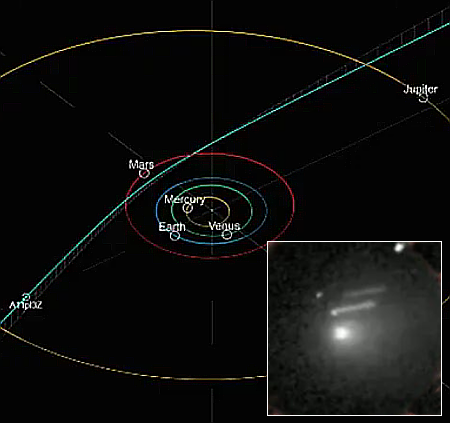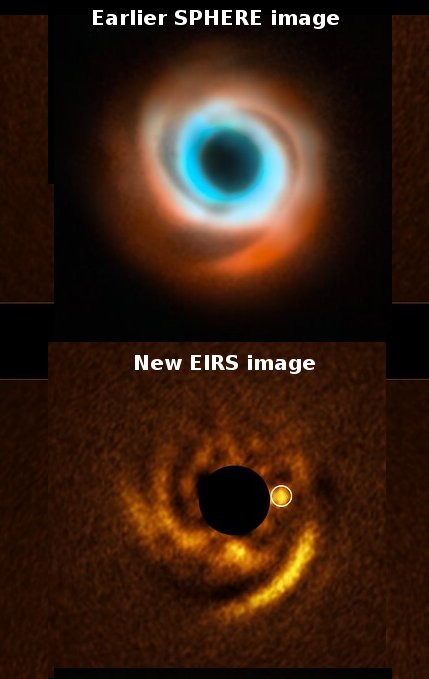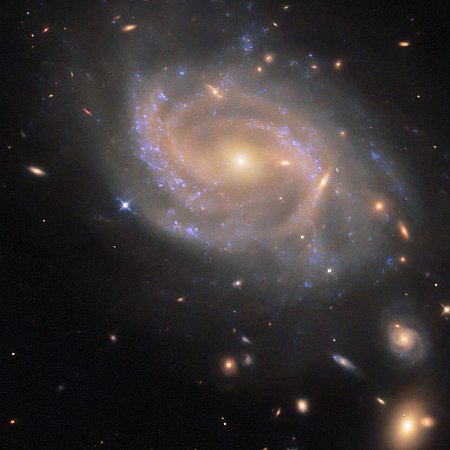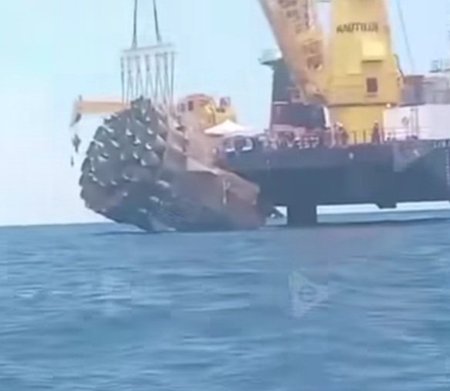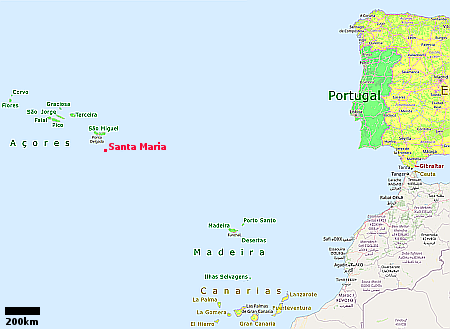Rocket Lab’s new Neutron rocket faces red tape delays at Wallops
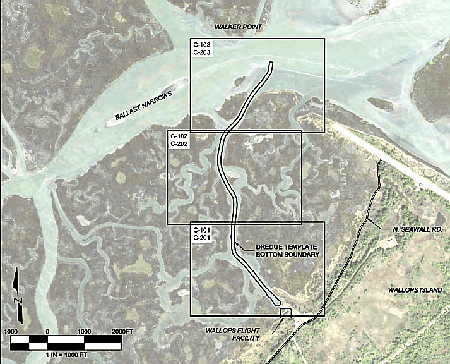
Proposed dredged channel. Click for original.
We’re here to help you! Rocket Lab appears to be having regulatory problems getting approvals to transport hardware for its new Neutron rocket to its new launchpad at the Mid-Atlantic Regional Spaceport (MARS) on Wallops Island in Virginia, delays that might prevent it from launching as planned later this year.
It appears the company needs to dredge a deeper channel to ship the heavier Neutron hardware into Wallops, but it has not been able to begin work because of approval delays by the federal government.
The dredging project was approved by VMRC [Virginia Marine Resources Commission] in May, but the company has yet to start digging because it’s still awaiting federal sign-off from the Army Corps of Engineers.
Lacking this approval and unable to get the channel ready for this year’s launch, the company is seeking permission to use a stop-gap different approach to transport the hardware through these shallow waters.
Kedging, a little-known nautical method, is used to ensure the barges can safely navigate the existing shallow channel. Workers would use a series of anchors and lines to steer the barge through the shallow waters. The company is seeking permission to use this method through the end of June 2026 or until the dredging work is complete, whichever comes first.
Lacking an okay to do even this alternative approach, Rocket Lab will be forced to transport the hardware using “ramps and cranes,” an approach that is impractical in the long run for achieving a profitable launch pace. It also would likely result in not meeting its targeted launch date before the end of 2025 for the first Neutron launch.

Proposed dredged channel. Click for original.
We’re here to help you! Rocket Lab appears to be having regulatory problems getting approvals to transport hardware for its new Neutron rocket to its new launchpad at the Mid-Atlantic Regional Spaceport (MARS) on Wallops Island in Virginia, delays that might prevent it from launching as planned later this year.
It appears the company needs to dredge a deeper channel to ship the heavier Neutron hardware into Wallops, but it has not been able to begin work because of approval delays by the federal government.
The dredging project was approved by VMRC [Virginia Marine Resources Commission] in May, but the company has yet to start digging because it’s still awaiting federal sign-off from the Army Corps of Engineers.
Lacking this approval and unable to get the channel ready for this year’s launch, the company is seeking permission to use a stop-gap different approach to transport the hardware through these shallow waters.
Kedging, a little-known nautical method, is used to ensure the barges can safely navigate the existing shallow channel. Workers would use a series of anchors and lines to steer the barge through the shallow waters. The company is seeking permission to use this method through the end of June 2026 or until the dredging work is complete, whichever comes first.
Lacking an okay to do even this alternative approach, Rocket Lab will be forced to transport the hardware using “ramps and cranes,” an approach that is impractical in the long run for achieving a profitable launch pace. It also would likely result in not meeting its targeted launch date before the end of 2025 for the first Neutron launch.


